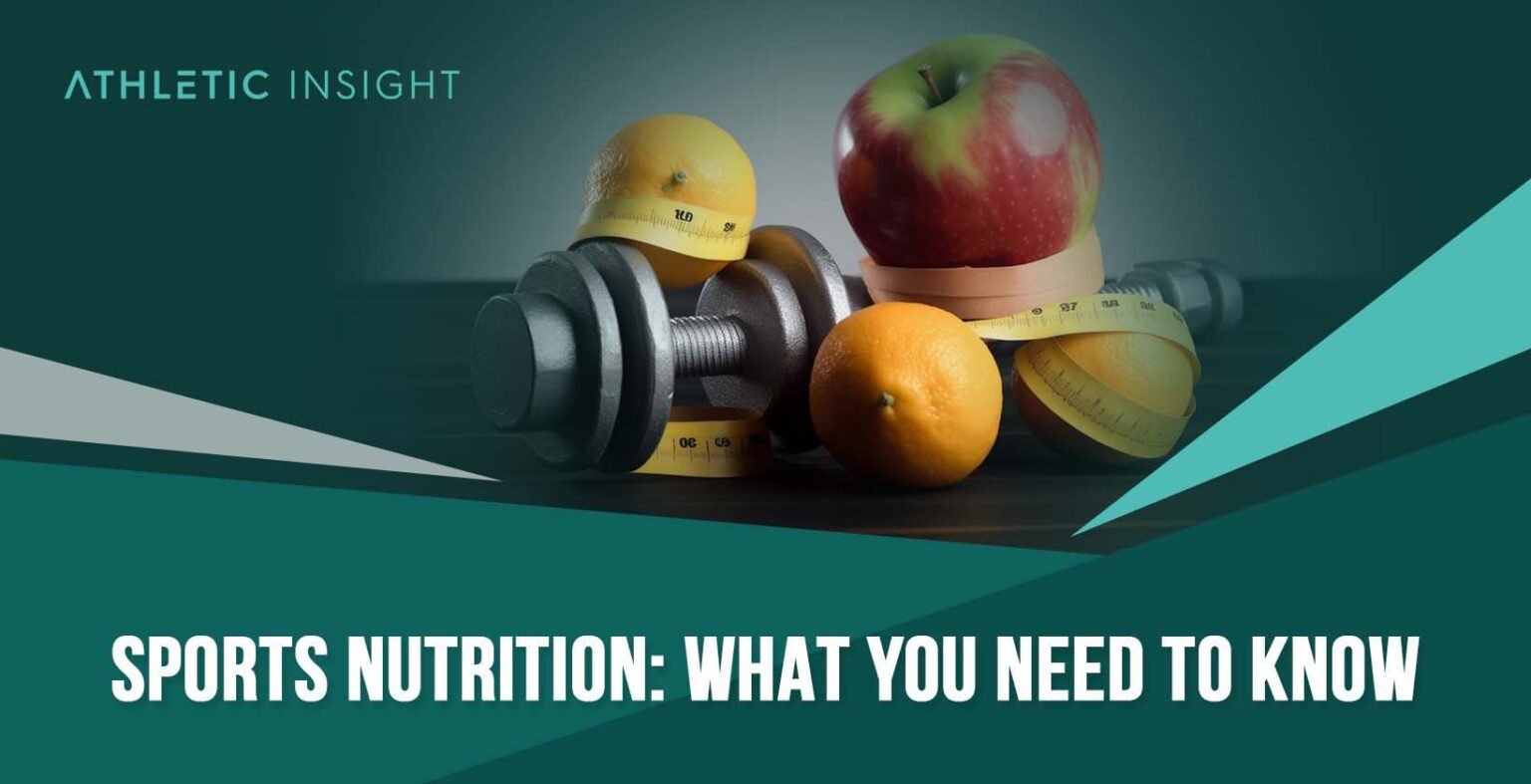Grind sports nutrition
The Informed Choice team tests for an extensive list of substances, from traditional steroids like ephedrine and methyltestosterone, through stimulants such as DMAA and oxilofrine, and methamphetamine-type compounds to ensure you are receiving products and ingredients which have been thoroughly vetted before purchase coyote cash background.
EAA are important to maintain whole-body protein homeostasis. Free-form amino acid supplements have shown significant anabolic properties in skeletal muscle. Optimal delivery of EAA can mitigate the loss of whole-body protein and stimulate protein synthesis. Similarly, high-calorie rations can attenuate energy deficits.
This Guide includes a variety of materials—from short summaries to detailed information—with additional resources and important tips for nutrition at home, in garrison, and during deployment. Each command has specialized missions, with the duration of deployments ranging from 30 days to 12 months. Long missions far from central support pose nutritional concerns, and good solutions are not always possible. The Guide covers strategies for optimizing nutrition for all phases of military life.
An ideal sports diet will contain a mixture of complex and simple carbohydrates. Complex carbohydrate sources include vegetables, fruits, and dairy products. Simple carbohydrate sources include sugars, grains, and sweets.
The Informed Sport program is a dietary supplement resource and risk minimization for the military community and leaders. Choose tested products that will improve armed forces sports nutrition by looking for the Informed Sport logo or on-pack descriptor on product packaging, along with searching for the specific batch/lot number on Informed-Sport.com or the Informed Sport mobile app to confirm batch testing.
Sports nutrition jobs
Hosted by Dr Laurent Bannock, the We Do Science Podcast features expert practitioners and academics, providing valuable insights into their work, helping provide you with the tips and insights you need as a current or aspiring Sport and Exercise Nutritionist.
Sports Nutritionists with one to four years of experience in the field can expect to make salaries ranging from $34,392 to $59,495 per year. Most dietitians and nutritionists working for a company can expect to make $33,433 to $61,000 per year with a median salary of $42,261. Those working for non-profit organizations such as community recreation centers can expect to earn salaries ranging from $39,786 to $53,145.

Hosted by Dr Laurent Bannock, the We Do Science Podcast features expert practitioners and academics, providing valuable insights into their work, helping provide you with the tips and insights you need as a current or aspiring Sport and Exercise Nutritionist.
Sports Nutritionists with one to four years of experience in the field can expect to make salaries ranging from $34,392 to $59,495 per year. Most dietitians and nutritionists working for a company can expect to make $33,433 to $61,000 per year with a median salary of $42,261. Those working for non-profit organizations such as community recreation centers can expect to earn salaries ranging from $39,786 to $53,145.
Becoming certified by organizations recognized by the Institute for Credentialing Excellence can make you more competitive when trying to land a sports nutrition job. An exercise certification through the American College of Sports Medicine is well respected in the field.
Jobs in sports nutrition require at least a bachelor’s degree in nutrition, often a master’s degree and status as a Registered Dietitian is required. In addition, sports nutrition jobs require a deep knowledge of how food relates to physical performance and familiarity with sport nutrition supplements on the market including safety concerns, allowance of use by athletic authorities, appropriate uses and ideal doses.
Sports nutrition centers
The idea: Most of your protein—about 80 to 90 percent—should come from the “Eat More” and “Eat Some” columns. The other 10 to 20 percent can come from whichever column you prefer. This provides you with flexibility while still allowing you to nail the essentials.
Our sports dietitians provide nutrition coaching to teams and sports organizations. We work with athletes and sports performance coaches and staff to deliver sports nutrition programs and customized packages.
Whole grains are also a great source of protein, as long as they keep their fiber in them. One of the things that dietitians often think about when we’re working with a vegetarian or vegan is complementing their protein. If they have a bean or a legume with a grain, that’s a great way to make sure that they’re getting all the essential amino acids throughout the day.

The idea: Most of your protein—about 80 to 90 percent—should come from the “Eat More” and “Eat Some” columns. The other 10 to 20 percent can come from whichever column you prefer. This provides you with flexibility while still allowing you to nail the essentials.
Our sports dietitians provide nutrition coaching to teams and sports organizations. We work with athletes and sports performance coaches and staff to deliver sports nutrition programs and customized packages.
Whole grains are also a great source of protein, as long as they keep their fiber in them. One of the things that dietitians often think about when we’re working with a vegetarian or vegan is complementing their protein. If they have a bean or a legume with a grain, that’s a great way to make sure that they’re getting all the essential amino acids throughout the day.